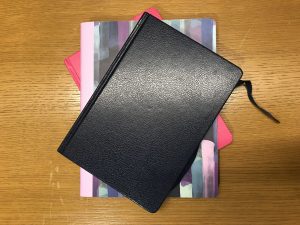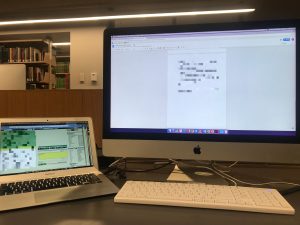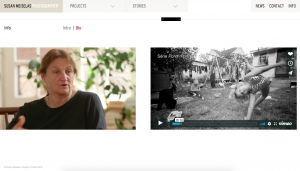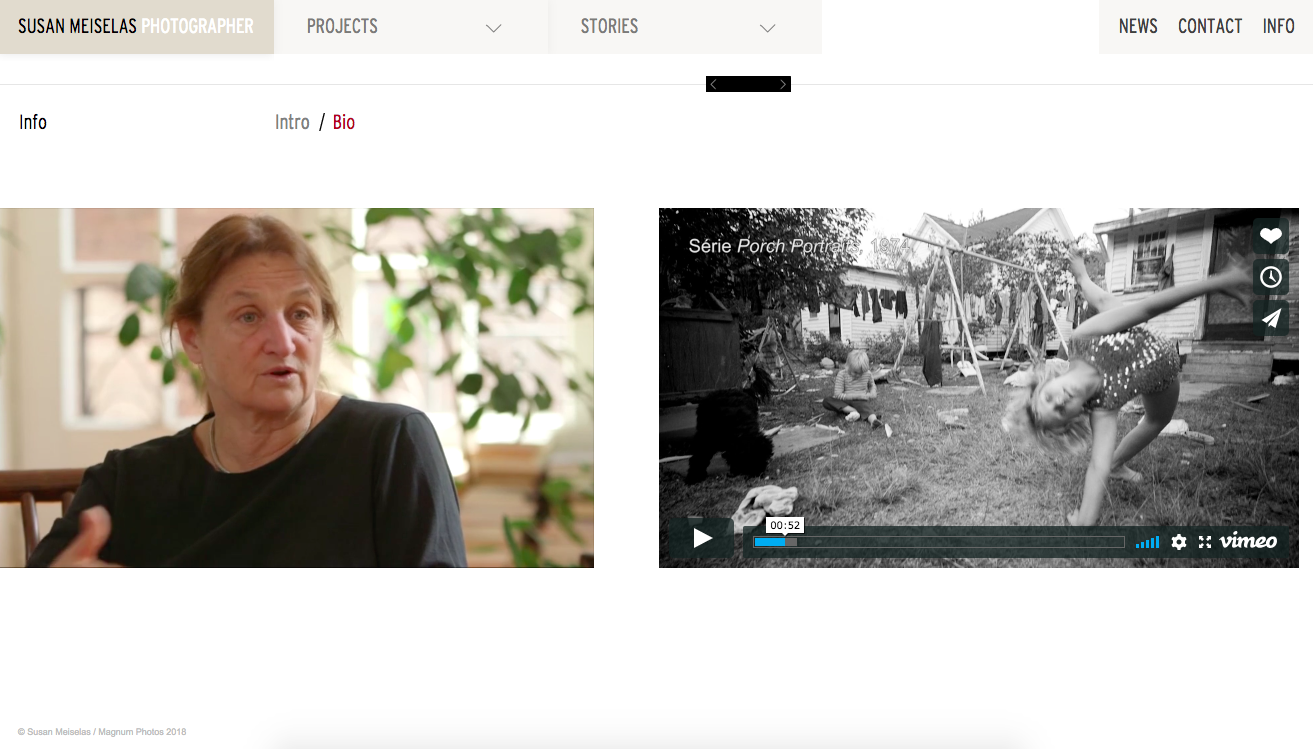
While I’m not nearly done (turns out transcribing and coding qualitative research takes an incredible amount of time), some themes have started to emerge as I listen to the recordings from the classes: taking audience into account is crucial and should be considered at every step of the process. I think I can firmly state that any activist and social justice oriented artist would agree that the old real estate adage “location, location, location” can be repurposed to fit social justice and activism as “audience, audience, audience”. Just as important is the collaboration between the image-maker and the subject of an image. I’ve also been fluctuating between feeling in over my head and having no idea what I’m doing to moments of clarity and flowing ideas.

One such moment came when I went down a bit of a rabbit hole into Magnum Foundation’s past. I had just finished transcribing an interview when I realized I only had a basic understanding of the founder’s history. I was familiar with her work but hadn’t really delved deep into her thinking as a photographer and her projects (most of my primary resource knowledge of Magnum Foundation came from the program directors).
So I started looking into her past and her work and ended up on a video discussing how she thought of herself as an image-maker. In the video she talks about the ethics of caring and the responsibility of documentary photographers.

She also discusses how she constantly questioning “for whom” the photograph is for. This question is in many ways, the essence of the Photography and Social Justice Program.Magnum’s goal is to not only train participants on practical skills, but to also get them to interrogate their sense of self and their understanding of how they engage as a photographer. It’s not enough to just make an image, the image making process – and everything surrounding it – must be purposeful and thoughtful. Ideally, these thoughtful visual image-makers will be representative of the lived experiences of the individuals in the photographs.
Once I’m done going through all of the data I’ve collected I’ll begin reaching out to alumni of the program to get a sense of how they engage with their social justice oriented work.

Very simple but powerful lesson shared within their training:
“…get them to interrogate their sense of self and their understanding of how they engage…”
Truly appreciate seeing this occur within art forms like photography, it seems an easier assumption that this self analysis occurs in dancing or something that requires physical movement. To also introduce this as a part of the creative process for those capturing the lives of individuals will create truly thoughtful artists. Looking forward to seeng examples of their work.